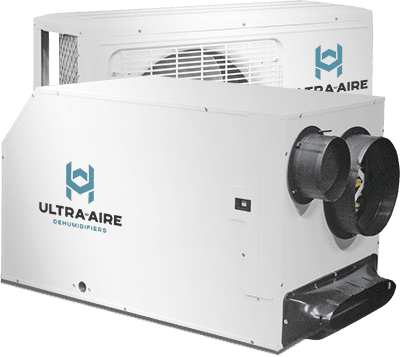Fresh Air Ventilation – Mostly Accidental
Santa Fe Whole-Home Dehumidifiers
Have questions? Fill out the form below and someone from our customer service team will be in touch!


All homes “breathe” during the extreme weather conditions. When outdoor temperatures are low and the wind is blowing most homes get enough fresh air to be healthy. The stack effect and wind are natural forces that provide the air pressure to force out stale air which in turn sucks in fresh air. Clothes dryers, bath fans, kitchen exhaust hoods also force fresh air into our homes.
As seasonal temperatures moderate, the air change rates decline. The wind comes and goes. As a result, homes have a variable fresh air change rate from these variable natural forces. As we build better homes, the days of inadequate fresh air ventilation increase to the point where indoor air pollutants in most homes become elevated and may endanger the health of the occupants. Also, homes with high occupancy have less than ideal oxygen levels.
Fresh Air Change Rate – Dilution
Purging indoor pollutants and optimizing the oxygen levels in the home are the goals of most ventilation standards.
Most standards suggest a mechanical fresh air change every 4-6 hours, at a minimum when the home is occupied.
2,000 ft^2 X 9ft. ceiling /5 hours = 75 cfm of fresh air needed when occupied. This is the amount of air required to purge indoor pollutants. 75 cfm of fresh air supports up to 6 occupants with adequate oxygen levels.
Ventilating with more fresh air for additional dilution of specific pollutants may be required. Most new standards require mechanical ventilation rates when the space is occupied.
Published on Dec 05 2014
Last Updated on Nov 16 2020